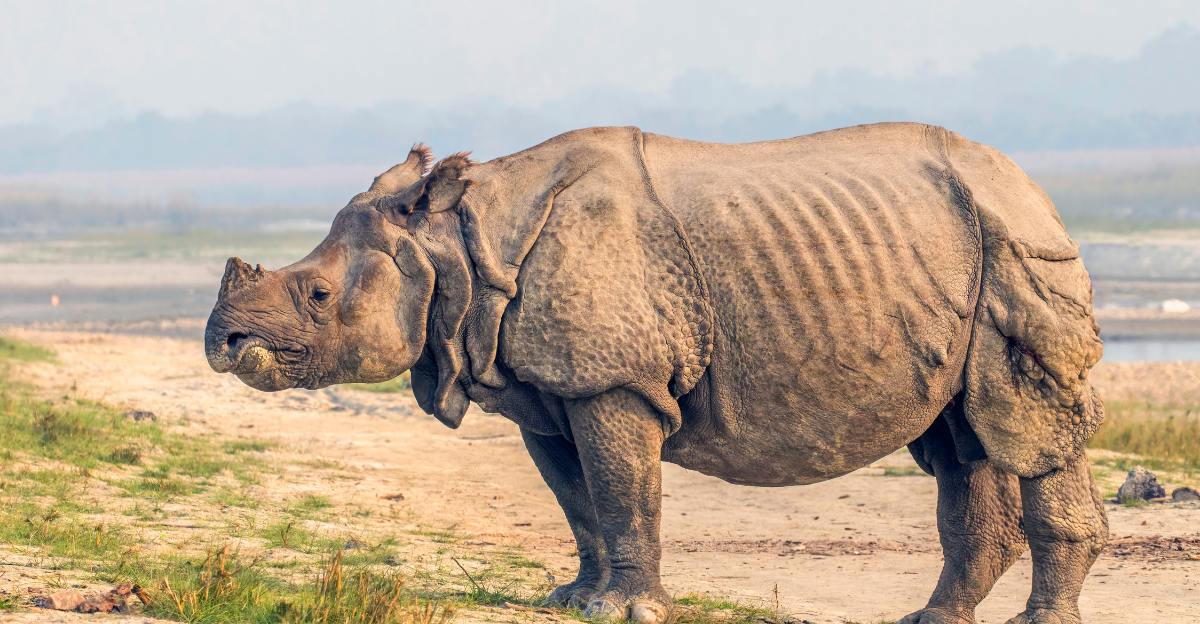
Interspecies friendship is more than a magical Disney fantasy—real survival-based tactics grounded in evolution, ecological quirks, and emotional attachment go against nature. These unexpected friendships, such as coyotes and badgers teaming up for less strenuous hunting or narwhals banding together with belugas, reveal sophisticated behavior grounded in necessity and association.
Groundbreaking research at Stockholm University discovers that 78% of these cooperative couples have higher survival rates than solitary animals. It shows that wild friendship is not only charming, but it can be lifesaving. Such associations are examples of intelligence, versatility, and a shared bond of love throughout the kingdom of beasts.
Coyote & Badger: The Perfect Hunting Couple
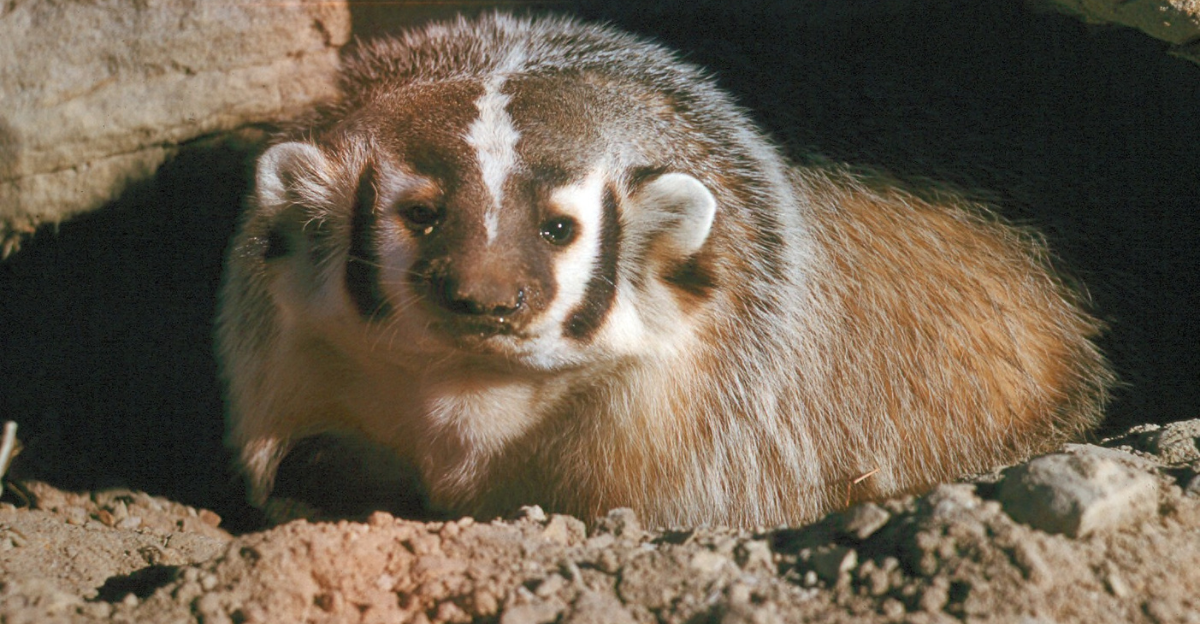
Biological scientists have observed that coyotes and badgers, sworn enemies, are now strategic hunting partners documented from Wyoming to California. Coyotes employ play bows and tail wags to entice cooperative ground squirrel attacks. Badgers burrow into dens while coyotes attack nervous prey running for shelter.
This cooperation increases hunting success by 30% over hunting alone. A hit San Jose video from 2024 recorded a coyote and badger walking side-by-side down a highway culvert, the first-ever reported evidence of their commuted route. Even these two sleep next to one another after foraging, showing more trust than use.
Orcas & Bottlenose Dolphins
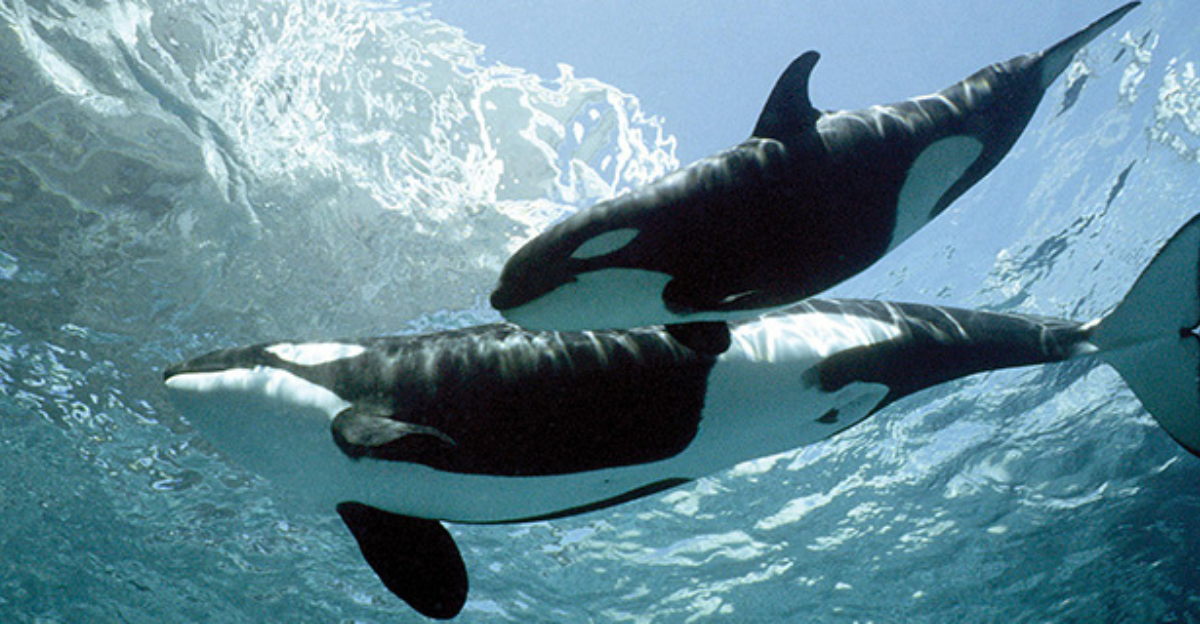
Orcas and Northeast Pacific bottlenose dolphins have been observed forming short-term, tactical alliances to escape tuna-fishing nets—a remarkable display of interspecies collaboration. Orcas use echolocation to locate dolphins trapped in nets and tear them open with their teeth, a method acquired over generations. In return, dolphins guide orcas to lucrative hunting grounds.
Between 2018 and 2023, researchers recorded 17 such rescues, in which concerted dives and chirps reflected a shared communication system. Such associations persist even when orcas occasionally prey on dolphins, which suggests that the relationships between animals are like an advanced continuum of cooperation and conflict instead of simple definitions of friend or foe.
Rhinos & Oxpeckers
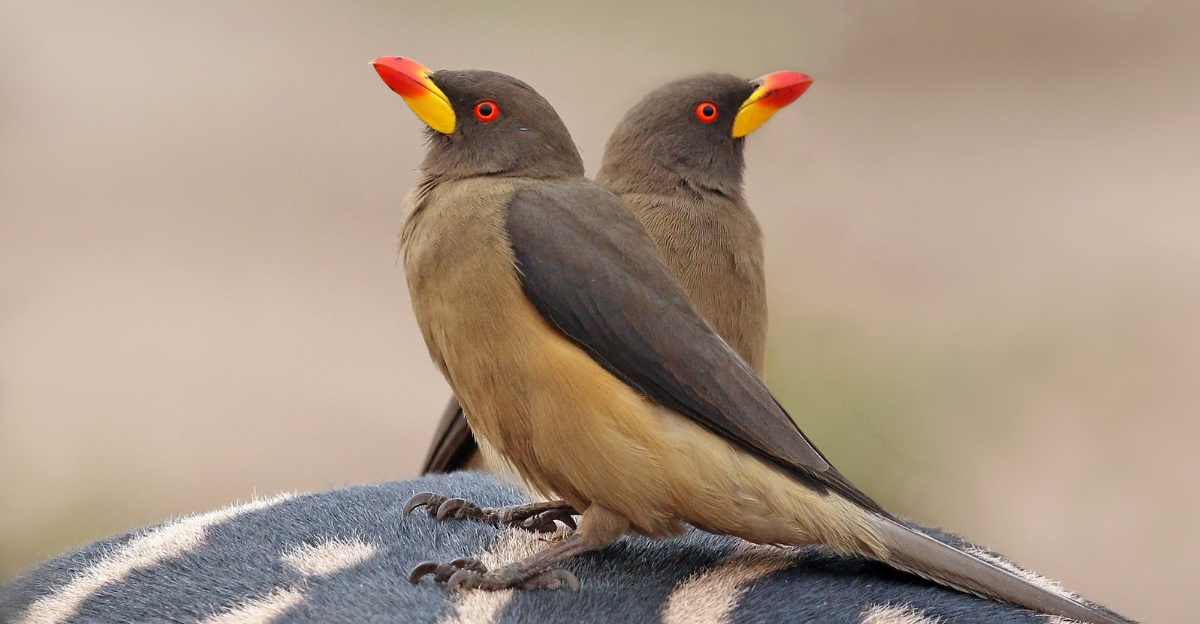
Transient orcas and Northeast Pacific bottlenose dolphins have also been seen to engage in a short-term but strategic cooperative behavior to escape from tuna-fishing nets—an extreme interspecies relationship. Orcas use echolocation to find the dolphins caught in the nets and bite them with their teeth, a learned habit passed on through generations. Dolphins, in turn, lead orcas to areas of prey density to benefit both.
Between 2018 and 2023, scientists observed 17 such coordinated rescue operations, wherein synchronized dives and calls indicate a shared communication system. While orcas occasionally hunt dolphins, the encounters indicate the complexity of animal interactions beyond mere friend-or-foe.
Narwhal & Belugas
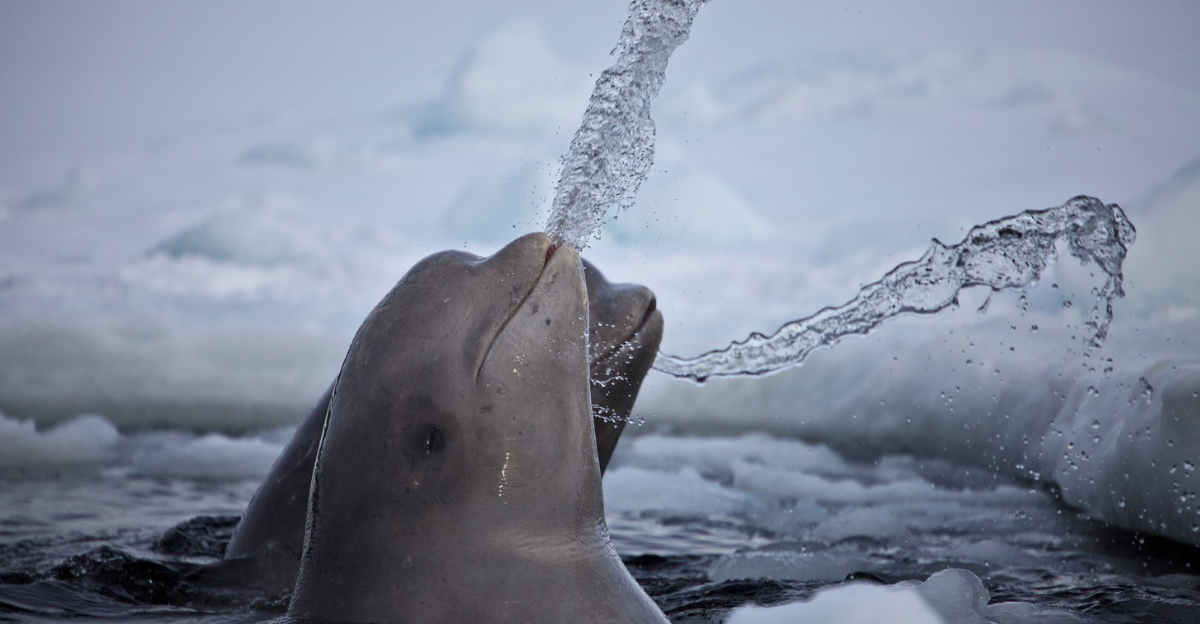
Transient orcas and Northeast Pacific bottlenose dolphins have been known to enter into short-term but strategic partnerships to avoid the perils of tuna-fishing nets—an incredible demonstration of interspecies cooperation and intelligence. Orcas use echolocation to find dolphins trapped in nets and then deftly rescue them with their teeth, a talent passed down through generations.
Dolphins, in turn, guide orcas to prey-rich locations, resulting in a win-win situation. Scientists recorded 17 of the latter between 2018 and 2023, observing coordinated diving behavior and vocal interactions suggesting a mutual communication system. While subject to intermittent predation, such coalitions exhibit deep, rich social intelligence in the wild.
Gorillas & Humans
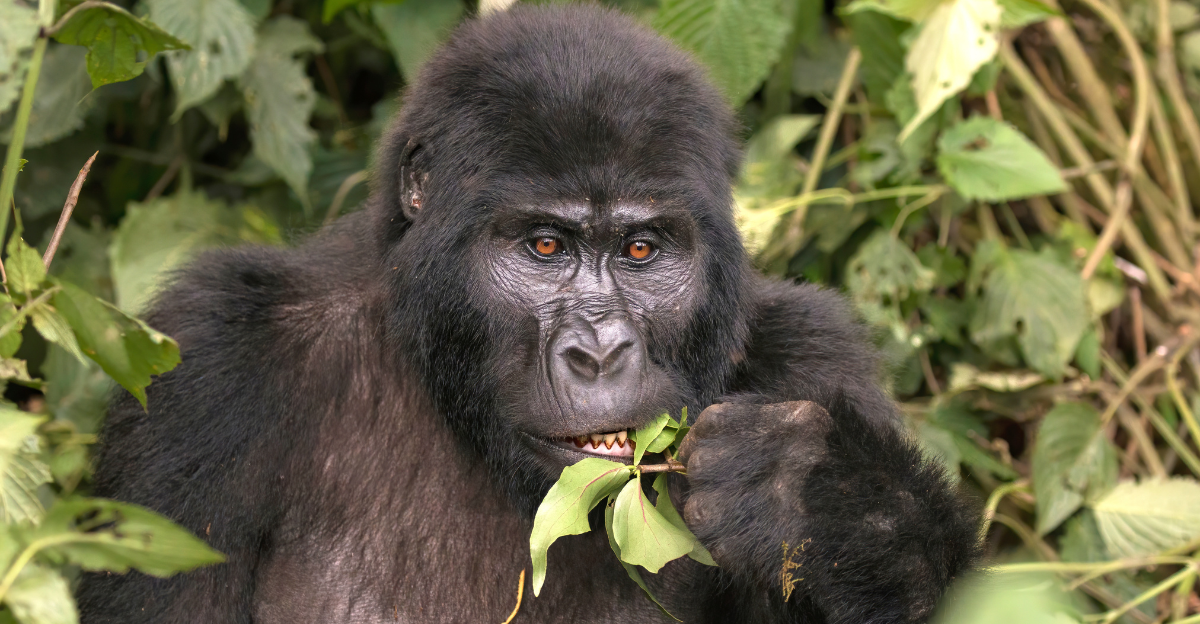
Transient orcas and Northeast Pacific bottlenose dolphins are known to form temporary yet intentional alliances to escape the deadly snaring of tuna-fishing nets—breathtaking evidence of interspecies intelligence, adaptability, and cognition. Orcas rely on exceptionally refined echolocation to detect dolphins snagged in nets and then rend them asunder with their teeth in a specialized tactic relayed generation upon generation via social learning.
In exchange, orcas lead dolphins to bountiful feeding grounds, creating an active partnership based on mutualism. Between 2018 and 2023, researchers documented 17 rescues during coordinated dives and calls, indicating a shifting communication system.
Lion & Tiger
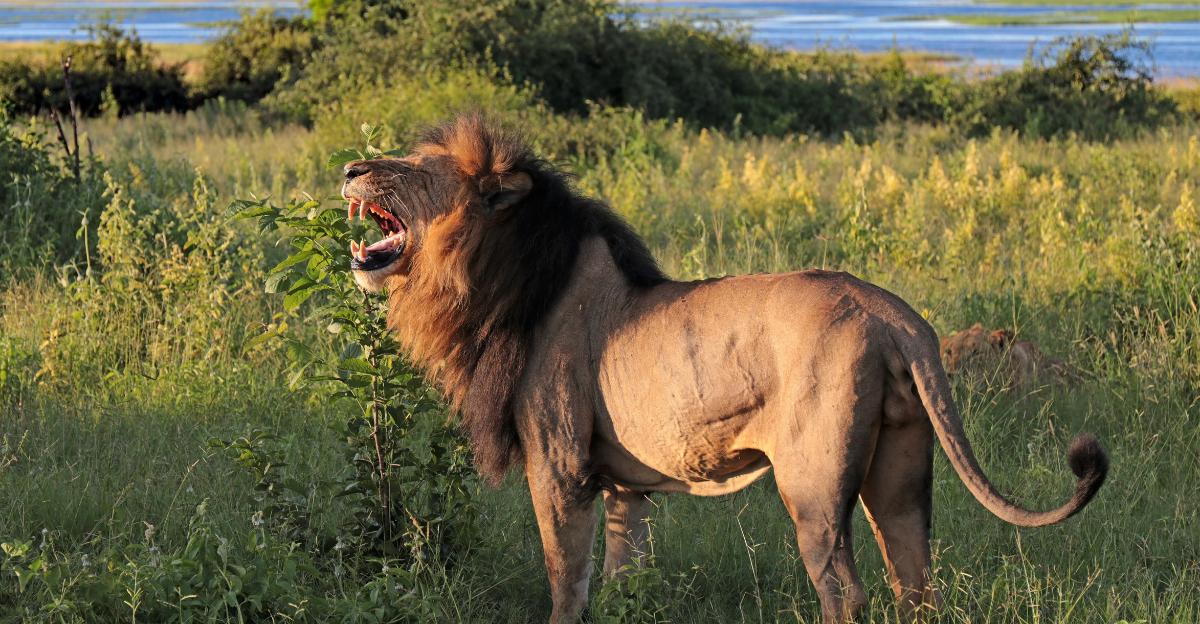
Transient orcas and Northeast Pacific bottlenose dolphins have been observed to form temporary but highly cooperative relationships to escape the lethal trap of tuna-fishing nets—a stunning display of interspecies coordination, problem-solving, and innovation. Orcas utilize superior echolocation to find dolphins caught in nets and break them free with their teeth. A refined ability passed down through generations. In exchange, dolphins direct orcas to feeding sites, resulting in a mutually beneficial relationship for both species. Between 2018 and 2023, scientists have recorded 17 such rescues, with coordinated diving and vocal interactions that show an evolving interspecies language.
Capybara
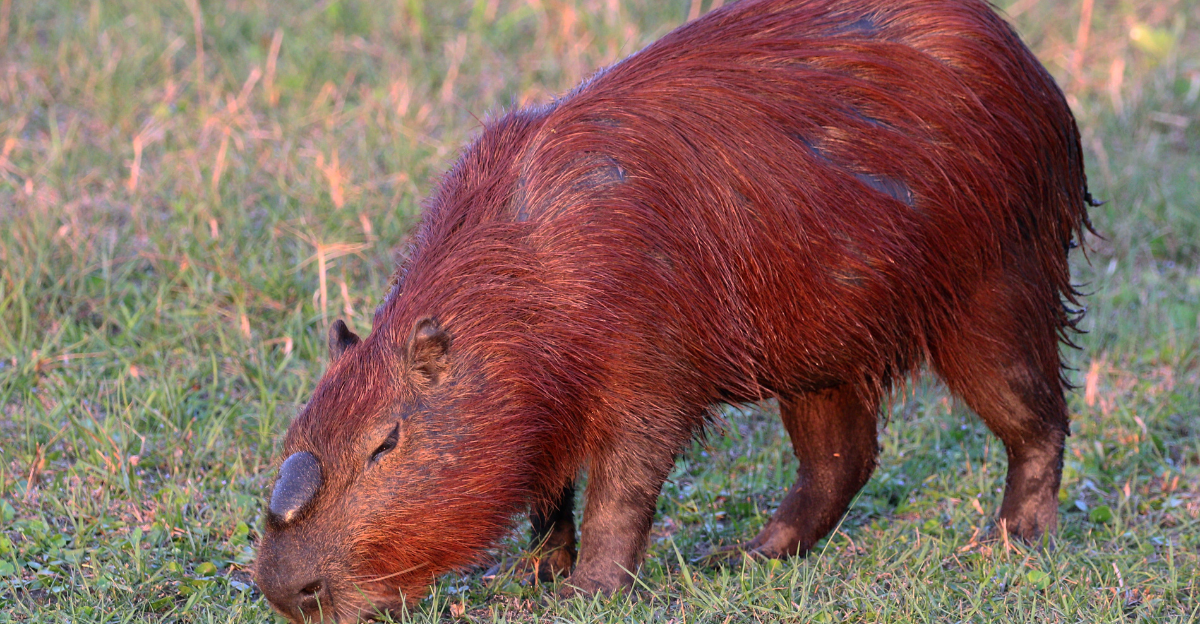
Transient orcas and Northeast Pacific bottlenose dolphins form clever, short-term alliances to escape from tuna-fishing nets, an amazing demonstration of interspecies understanding and ingenuity. Orcas use echolocation to find imprisoned dolphins and tear the nets open with their teeth, a generations-old learned habit. Dolphins take orcas, in return, to productive hunting grounds filled with prey.
During 2018-2023, scientists have observed 17 such rescues, coordinated dives, and calls indicative of reciprocal communication. Similarly, at the San Diego Zoo, a timber wolf and two goats have turned into close friends, with early socialization and nurturing replacing evolutionary impulses, testifying to the role of environment in shaping animal behavior.
Friendship as a Means of Survival
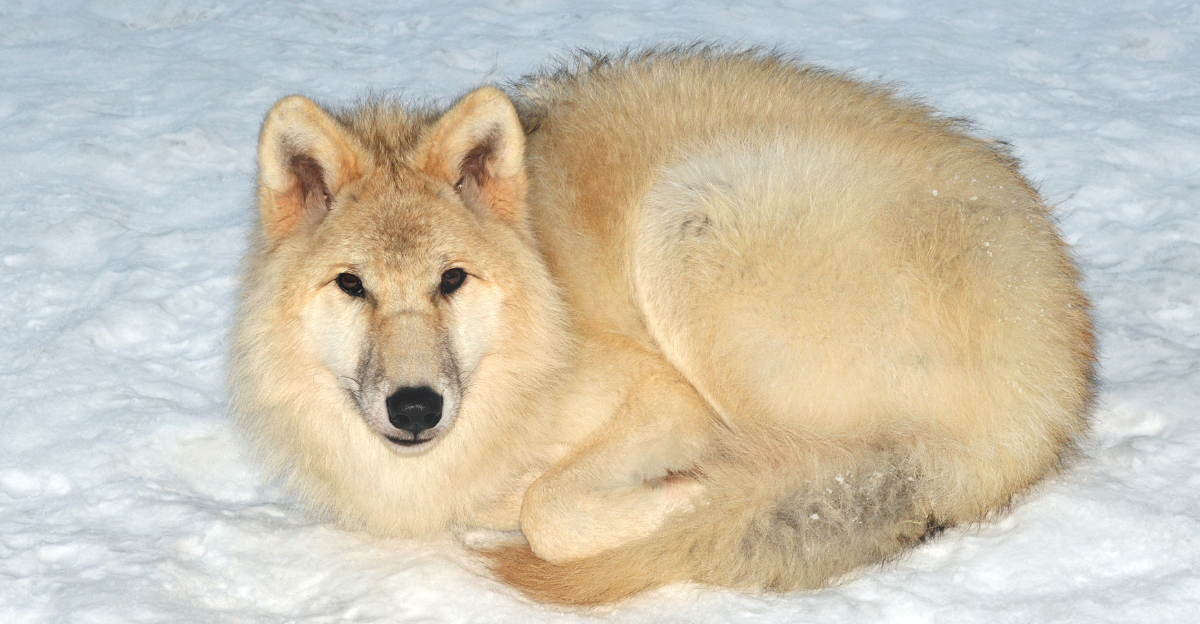
One of the San Diego Zoo’s sweetest and most surprising relationships is between a timber wolf and two goats who playfully run up and down their shared fence daily before nuzzling for sleep. The wolf’s playful nature—licking the goats’ faces and rolling onto his back in submission—would be more that of a social signal from a domesticated puppy than a wild predator.
Zoologists attribute the uncommon bond to early socialization, as the wolf had been hand-reared and imprinted upon humans and other pet animals. Non-traditional as the pair may be, the connection outlines how environment and nurturing factors can surmount evolutionary design and establish unlikely yet strong animal bonds.
Redefining Rules for Wild
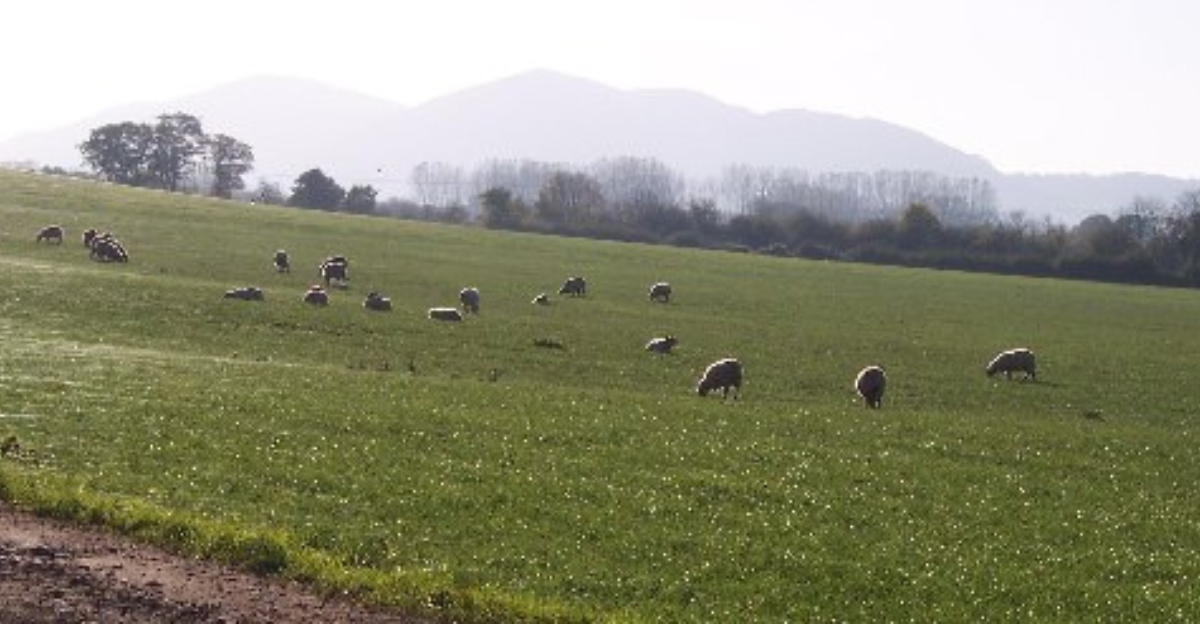
The most endearing and surprising San Diego Zoo friendship is between a timber wolf and two goats, who romped around their enclosure in good cheer before snuggling up contentedly. The wolf’s reaction—licking faces and rolling over to be submissive—is that of a domesticated puppy, not a ferocious tiger. Zoologists say this kind of attachment stems from the wolf’s early socialization, as it was hand-raised and imprinted on humans and their pets. While unique, this remarkable bond demonstrates how environment and experience may overcome instinct, resulting in rare animal ties that transcend evolutionary programming.
References:
The 12 Most Surprising Friendships Between Wild Animals
15 Strange and Unbelievable Animal Friendships in the Wild







